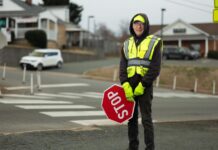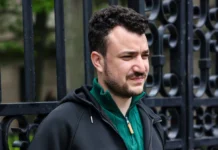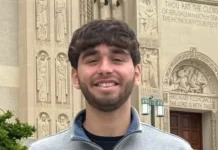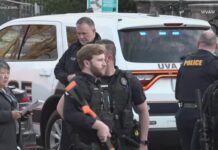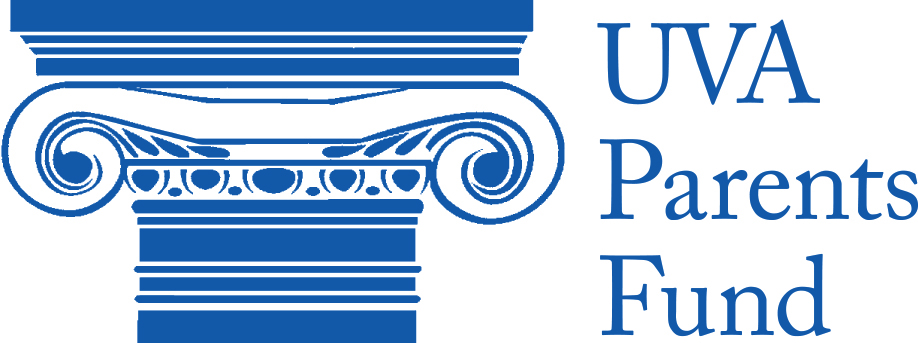RICHMOND, VA–On May 15, the majority of Virginia entered Phase I of reopening–which allows for non-essential businesses to operate at 50% capacity, restaurants allow dine-in services as long as patrons are seated outside at 50% capacity, 50% capacity at places of worship, and appointment-only personal grooming services. Some counties hit especially hard, such as counties in Northern Virginia, Richmond, and Accomack County on the Eastern Shore, will remain at Phase 0 until they are able to bring their outbreaks under control like the rest of Virginia.
The decision to reopen was made based on testing data, which was later revealed by the Richmond-Times Dispatch to be aggregated with antibody testing data. A COVID-19 test, or a PCR test, is done via nasal swab, throat swab, or saliva sample. PCR tests test for an active virus, which allows for health officials to know where the outbreaks are: the infected person can be isolated, and the people they come in contact with can be tested and put in isolation accordingly, regardless of whether they are symptomatic. This, according to experts, is the best way to handle COVID-19 outbreaks until a vaccine or treatment is widely available.
Antibody tests confirm whether certain antibodies are present in a patient’s bloodstream, which indicates whether a patient has recovered from COVID-19. They help officials understand how many people in a community have been exposed to the virus. Antibody tests have much higher rates of false positives than PCR tests. According to CNN, of the 12 antibody tests that were studied by the COVID-19 testing project, one of the tests gave false positives 15% of the time, and three others gave false positives 10% of the time. According to Dr. Caryn Bern, one of the authors of the study, a test should not have a false positive rate higher than 5%, and ideally 2%, in order to be accurate. Therefore, the inclusion of antibody tests in COVID-19 testing data renders the numbers of how many people have recovered from COVID-19 useless.
At a press conference, Chief-of-Staff to Northam, Clark Mercer, claimed that other states were mixing results as well, so Virginia had to combine the two results in order to compete with other states. “You can’t win.” said Mercer. “If another state is including serological [antibody] tests, and they’re ranked above Virginia, and we are not, and we’re getting criticized for that, [then], hey, you can’t win either way. Now we are including them, and our ranking will be better, and we’re being criticized.”
According to an article in The Atlantic, the authors “could not find evidence that other states are blending test results in the way that Mercer claimed.” A spokesperson for the Virginia Department of Health told The Atlantic that Arizona, West Virginia, and the District of Columbia were combining antibody and viral test results as well. The Atlantic found this claim to be false: “Those three governments either separate out, or do not report, the result of negative antibody tests to the public.”
The day after The Atlantic article was published, Northam took to Twitter to claim ignorance of the Virginia Department of Health’s wrongdoing and announced his order to separate the results from the two tests.
.@VDHgov has been reporting all tests, regardless of the type of test, since the beginning of this health crisis. When I found out recently that data from all types of tests were being combined, I immediately directed that the diagnostic tests be separated out.
— Ralph Northam (@GovernorVA) May 14, 2020
Following Northam’s tweet, the Virginia Department of Health released the following graph, which shows the amount of cases including the antibody tests and the amount of cases without the antibody tests side by side.
Although the number of cases decrease by about 15,000, the general trends of the data remain the same.
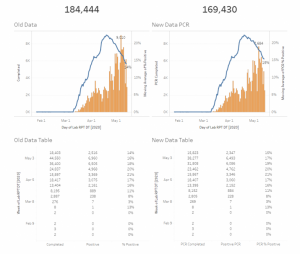
The major problem facing Virginia is lack of testing. According to Johns Hopkins University, Virginia ranks 44th in the amount of tests performed per day in the United States. As of May 9, the weekly average for PCR testing was 5,200 tests per day, roughly half of Governor Northam’s goal of testing 10,000 people per day in the Commonwealth. The University of Virginia Health system is only equipped to perform 600 PCR tests per day, and is working on manufacturing their own cotton swabs in order to be able to get that number up to 3,000 or more per day. According to a survey of over 650 Central Virginians, only 2% of residents in Charlottesville, Albermarle, Fluvanna, Greene, Louisa, and Nelson have been tested for COVID-19.
During Northam’s press conference this afternoon, he released the newest COVID-19 data, which does show a downward trend in confirmed cases.
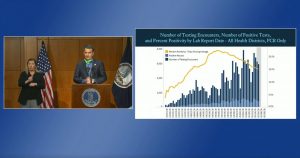
Despite the blunders of the Virginia Department of Health, Phase I started this past weekend in many places with success. So much success, that Northam has decided to allow Virginia Beach’s beaches to open this Friday for recreational use.








